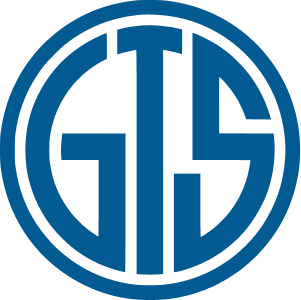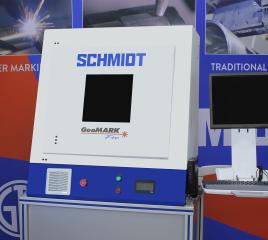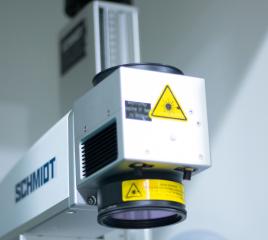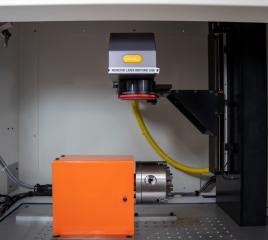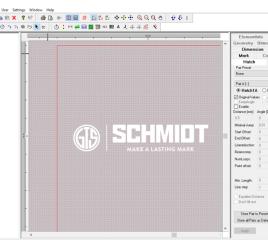Laser Marking for Product Traceability
WHAT IS LASER MARKING?
Laser marking is the process that uses a laser to make a permanent mark on the surface of a material. Common types of laser marks include part origin and date of manufacture, serial numbers, stock, lot, and batch number inspection markings, marks for assembly, positioning, and maintenance, as well as 1d and 2d barcodes.
These permanent marks are used for part identification, authenticity, and product traceability throughout the manufacturing process and the life of a part. Most manufacturers must follow strict guidelines as their products are heavily regulated. Part identification and product traceability is essential for manufacturers to maintain compliance.
Each laser marking machine GT SCHMIDT manufactures helps our customers achieve the exact laser marking product traceability solution for their industry and exact part requirements. We offer both class I certified enclosure systems as well as open-source laser components. We have a variety of laser sources including fiber, diode, YVO4, UV, Green, and CO2 lasers. Our machines can be equipped with standard accessories and custom options to help support the marking process.
Is laser marking the right approach for your product identification and traceability needs? Read more about laser marking technology below or contact us to learn more. Tell us about your marking application and we'll help you find the best solution for your exact needs.
ANSWERS TO COMMON LASER MARKING QUESTIONS
WHAT ARE THE BENEFITS OF LASER MARKING?
Lasers can quickly produce marks that are less than 0.005 inches deep (deeper marks are possible though those take more time). They are capable of producing a wide range of different kinds of marks, some of which can be made without weakening or damaging the material being marked. This can be especially important when you need to mark parts and surfaces that are thin or sensitive.
Additionally, lasers can produce high resolution, detailed marks of different colors, making this marking technology the most aesthetically dynamic and pleasing marking technology available.
WHAT KIND OF PARTS AND MATERIAL ARE BEST FOR LASER MARKING?
Lasers are capable of marking a wide variety of different materials, including:
- metal
- plastic
- glass
- ceramics
- wood
- leather
CAN I MARK ON ROUND AND FLAT PARTS WITH A LASER MARKER?
Lasers are able to mark both flat and round parts.
To mark flat parts, the laser lens simply needs to be set a certain distance away from the surface of the part being marked (that distance is determined by the laser and lens being used). The flat sides of a round part are marked the same way.
To mark around the diameter of a round part, we offer rotary chucks that can hold and turn the part during the marking process to get the best mark.
Are Laser Engraving Machines Different Than Laser Marking Machines?
"Laser engraving machines" and "laser marking machines" are often used interchangably. Laser marking is a general term for using a laser to mark a part or material. Laser engraving is a specific type of laser mark. To engrave, a laser must generate enough heat to displace material in a part, creating noticeable depth in the mark. But laser marking machines can do more than just engrave. They can also create permanent marks through annealing (aka heat marks), etching, and carbonization. The appropriate type of laser marking process used for a permanent mak depends on several factors including the material being marked, the required marking depth, if the part will be exposed to harsh conditions, manufacturer industry standards, and if the mark must be corrosion-resistant.
To learn more about the different kinds of laser marks, request a free copy of The Ultimate Beginner's Guide To Laser Marking.
need a custom solution?
Our in-house design and engineering department has a full range of services and support to ensure that your industrial automation project is successful.
Why GT SCHMIDT?
At GT SCHMIDT, we design, build, and implement marking solutions that help manufacturers leave a lasting mark on their products, their companies, and their industries.
Learn More About Us
made in usa since 1895

125 years of experience

installation & follow-up support
